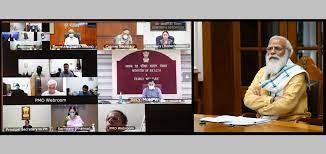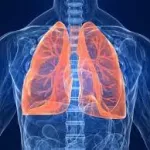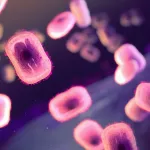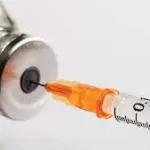CAMBRIDGE, UK – New research estimates that as many as one in 3,000 people may carry a faulty gene significantly increasing their risk of a punctured lung, a figure nearly 100 times higher than previous estimates suggested. The findings come from researchers at the University of Cambridge, challenging long-held assumptions about the prevalence of this genetic predisposition.
The gene in question, FLCN, is associated with Birt-Hogg-Dubé (BHD) syndrome. This inherited condition is characterised by benign skin tumours, the formation of lung cysts (blebs), and a notably increased risk of kidney cancer. Previously, the prevalence of the faulty FLCN gene variant linked to BHD was thought to be around one in 200,000 individuals.
In a study published today (April 8, 2025) in the journal Thorax, the Cambridge team analysed massive genomic datasets, including UK Biobank, the 100,000 Genomes Project, and East London Genes & Health, encompassing data from over half a million people. Their analysis revealed that the actual frequency of carriers for the BHD-associated FLCN variant lies between one in 2,710 and one in 4,190 people.
A punctured lung, medically termed pneumothorax, occurs when air leaks into the space between the lung and the chest wall, causing the lung to collapse partially1 or fully, leading to pain and shortness of breath. While not all cases are caused by the FLCN gene – spontaneous pneumothorax is relatively common in tall, thin young men, often resolving on its own or with minor intervention – identifying the underlying cause is crucial, especially in atypical cases.
Professor Stefan Marciniak, a lead researcher from the University of Cambridge and affiliated with Cambridge University Hospitals and Royal Papworth Hospital, highlighted the significance of diagnosing BHD. “If an individual has Birt-Hogg-Dubé syndrome, then it’s very important that we’re able to diagnose it, because they and their family members may also be at risk of kidney cancer,” he stated.
The study uncovered a surprising discrepancy in risk profiles. While individuals formally diagnosed with BHD syndrome face a 37% lifetime risk of pneumothorax and a 32% risk of developing kidney cancer, the risks observed in the broader population carrying the faulty gene (but not necessarily diagnosed with BHD) were different. In this larger group, the lifetime risk of pneumothorax was lower at 28%, and strikingly, the risk of kidney cancer plummeted to just 1%.
“Even though we’ve always thought of Birt-Hogg-Dubé syndrome as being caused by a single faulty gene, there’s clearly something else going on,” Professor Marciniak commented. He suggested that the BHD patients typically seen in clinics might not represent the full spectrum of individuals carrying the mutation. “There must be something else about their genetic background that’s interacting with the gene to cause the additional symptoms.”
This difference has significant implications for clinical practice. Doctors often investigate for BHD if a patient experiences a pneumothorax outside the typical demographic (e.g., someone in their forties) and characteristic cysts are seen on scans. Diagnosis can lead to vital kidney cancer surveillance.
“The good news is that the punctured lung usually happens 10 to 20 years before the individual shows symptoms of kidney cancer,” Professor Marciniak added, “so we can keep an eye on them, screen them every year, and if we see the tumour it should still be early enough to cure it.”
However, the much lower cancer risk observed in the general carrier population raises questions about screening protocols. Professor Marciniak believes widespread screening for kidney cancer based solely on finding the faulty FLCN gene might not be necessary unless other tell-tale signs of BHD syndrome are present.
The research underscores the importance of initiatives like the UK’s Familial Pneumothorax Rare Disease Collaborative Network, co-led by Professor Marciniak and Professor Kevin Blyth (University of Glasgow), which aims to improve care and research for inherited forms of pneumothorax.
Disclaimer: This news article is based on findings published in a scientific journal and is intended for informational purposes only. It does not constitute medical advice. Individuals concerned about their risk of pneumothorax, Birt-Hogg-Dubé syndrome, or kidney cancer should consult with a qualified healthcare professional.












